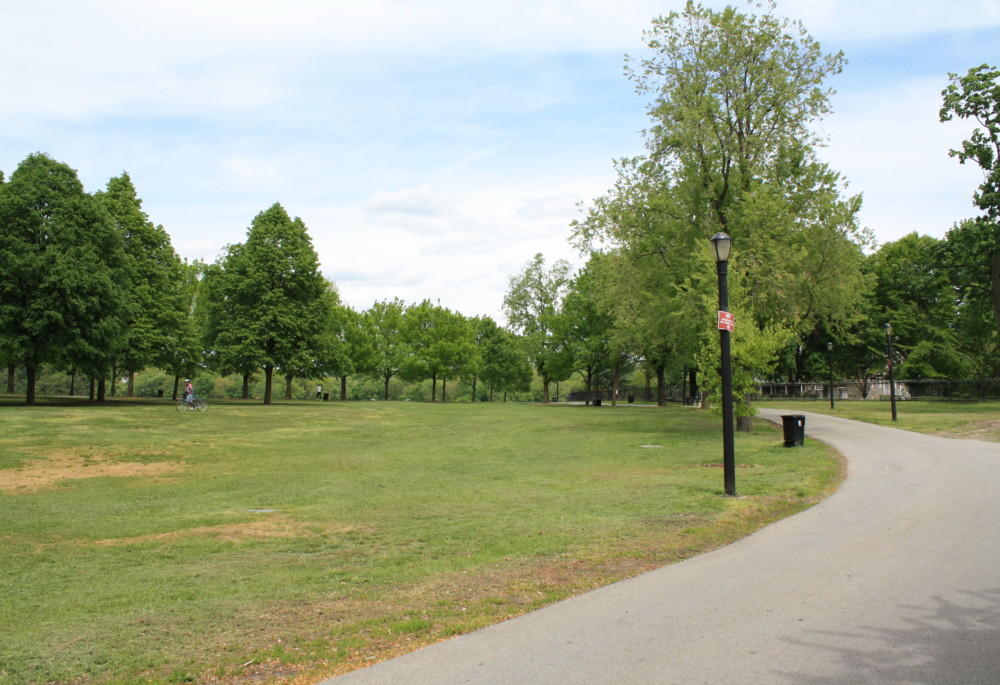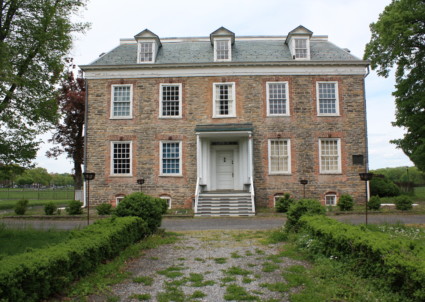Van Cortlandt Park
1888
Van Cortlandt Park is situated in the northernmost part of the city between Yonkers and Kingsbridge. At 1,146 acres, it is the third largest public park in New York City. The current park is part of a large parcel acquired by the Dutch West India Company from the Wiechquaskeck Lenape nation in 1639. It was purchased in 1646 by Adrian Van der Donck, New Amsterdam’s first lawyer, who then sold it in 1670 to Frederick Philipse, New York’s wealthiest man. Philipse’s son-in-law, Jacobus Van Cortlandt, mayor of New York City in 1710–11 and 1719–20, purchased a part of the estate—the present park—in 1699. At that time, Tibett’s Brook was dammed to power two mills, forming the Van Cortlandt Lake, which still exists. The Van Cortlandts operated the mills and a grain plantation here to process wheat into flour, transporting these goods down the Harlem and Hudson Rivers with their own fleet of boats. Jacobus Van Cortlandt’s son, Frederick, established the Van Cortlandt Mansion in 1748, although he did not survive to see its completion. Vault Hill, a square, stone-walled structure that served as the family’s burial ground, was also constructed around this time atop Fordham Gneiss. It was here that Augustus Van Cortlandt, who was serving as City Clerk, hid the municipal records during the British occupation of New York in 1776. After 140 years, the Van Cortlandts sold the property to the City in 1888. To transform it into a park, the City filled in swamps, planted trees and added recreational facilities, including the country’s first municipal golf course in 1895. The City named the park after its former occupants in 1913.


